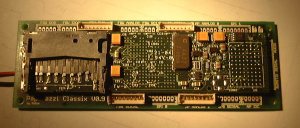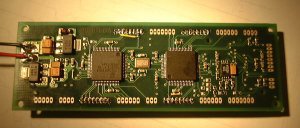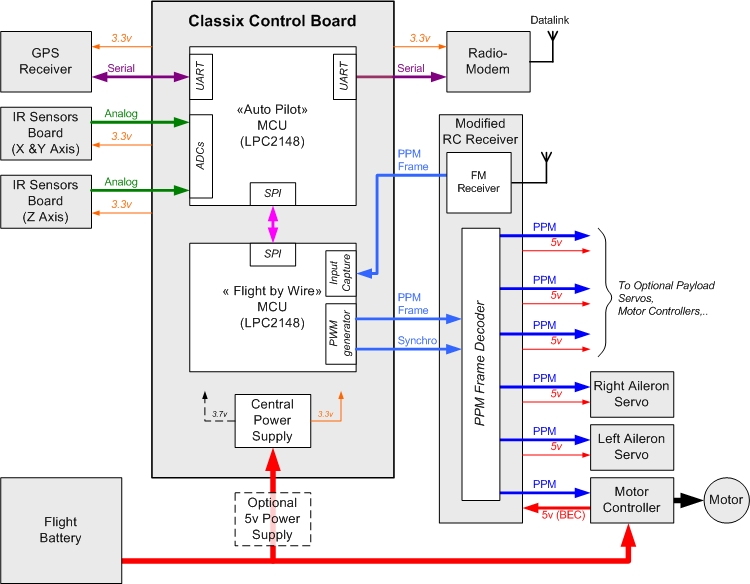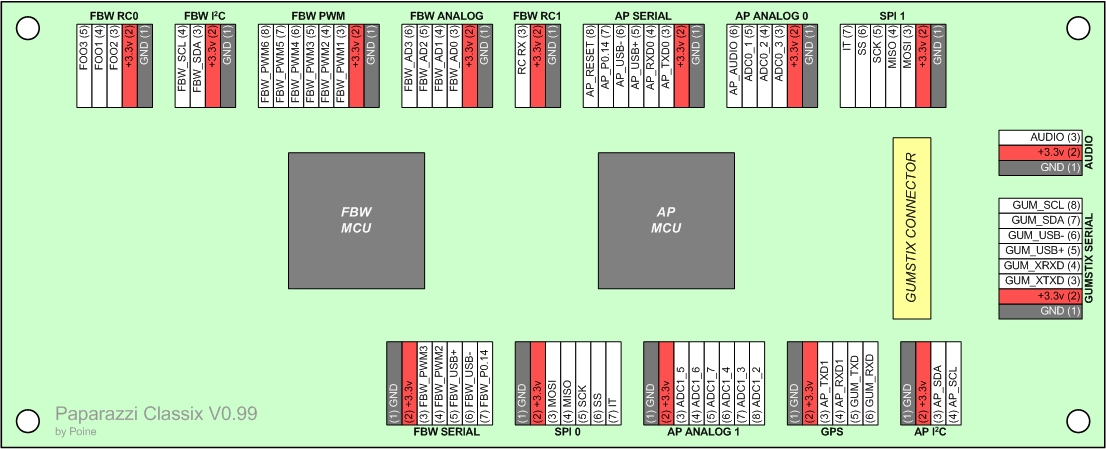Difference between revisions of "Classix"
(rv) |
(No difference)
|
Revision as of 02:53, 12 June 2007
The Classix autopilot was designed for advanced applications. Dual processors provide a true hardware segregation of critical code for reliability - allowing the user to run experimental navigation or payload control software without fear of a processor crash causing a total loss of control. A Gumstix header is included so that the autopilot can be directly interfaced with this small onboard Linux PC for advanced video processing, sensor management, or sophisticated navigation routines such as sense-and-avoid or target following.
Classix Control Board
Features
- Dual LPC2148 MCUs
- 14 ADC channels
- 2 UARTs
- 6 PWM outputs
- 2 R/C Receiver inputs
- 2 combined USB clients
- 2 SPI busses
- 2 I2C
- Connector to dock with a Gumstix board
- 5V input
- 3.3V linear regulator & 3.7V linear regulator (for Gumstix)
- Audio (for data downlink without a modem)
- 2 LEDs (status display)
- 12 grams
- 89 x 30mm
The Classix Control Board use 2 Philips LPC2148 ARM7 based microcontroller. The ARM7 is a low-power 32-bit RISC processor core and the Philips LPC2148 has 512KB on-chip Flash ROM, 40KB RAM and can be clocked at 60MHz.
With 2 MCUs this system is very robust, 1 MCU can handle all critical code, fly-by-wire and such, and the other can handle all autonomous processing. In the case of autonomous code error, the aircraft may be saved via manual control and the fbw MCU.
The ability to dock with a Gumstix board would allow for image processing, heavy communications, or payload support.
Architecture
Pinout
BOM
The materials list can be produced from the Eagle CAD files on the downloads page.



